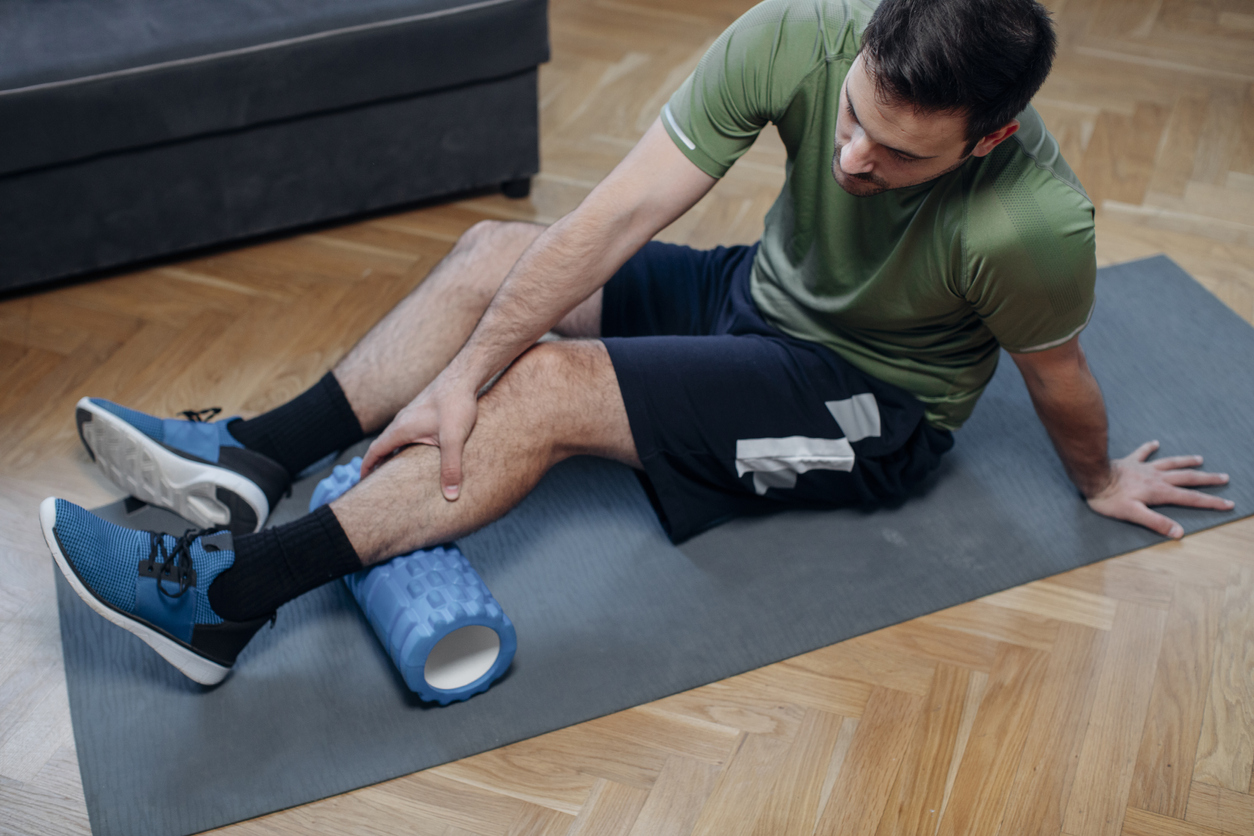Do you have chronic pain or an injury you want to treat with physical therapy but you’re unable to visit a clinic in person? Even when there is not a viral pandemic plaguing the world, remote physical therapy has been an option for people who need physical therapy but are unable to visit a clinic.
Remote physical therapy is a service that connects you to your physical therapist over a live, one-on-one, secure and HIPAA-compliant video call. You and your physical therapist are able to see and hear one another, which allows you to begin working on your treatment remotely from the comfort and safety of your own home.
How does remote physical therapy work?
- Schedule your appointment — The first step in getting remote physical therapy treatment is to schedule your appointment through a trusted, HIPAA-compliant provider like Agile Virtual PT.
- Clear up space — Clear up space in your home where you can safely and comfortably perform stretches and exercises that may be part of your treatment. Be sure to remove any loose cables and rugs from the area that could cause you to trip and fall. If you have pets, make sure they are kept in a different area to help keep them from tripping you or causing a distraction.
- Dress comfortably — Wear comfortable, loose-fitting clothing that allows you to have freedom of movement. Jeans and other restrictive clothing may make it more difficult to perform the techniques you need to do to help treat your condition.
- Join your treatment session — Once you’ve prepared the area and have dressed comfortably, you’re ready to join your scheduled treatment session. During your first session, your physical therapist will assess your condition and develop your personalized treatment plan. Following sessions will include ongoing treatment as well as progress monitoring so your physical therapist can make changes to your treatment as needed.
- Follow your physical therapist’s instructions — Your physical therapist may provide you with exercises and stretches you need to do between your remote physical therapy sessions. Make sure you follow their instructions to stay on your treatment course and reach your recovery goals in a timely manner.
Schedule your online physical therapy appointment with Agile Virtual PT today!
Are you tired of suffering from aches and pains when you’re unable to visit a physical therapist in person for treatment? It may be time to consider scheduling a physical therapy telehealth appointment through Agile Virtual PT.
Agile Virtual PT provides you with access to experienced, licensed physical therapists who can guide you through a personalized treatment plan for your needs. If you’re ready to give online physical therapy a shot, please contact us today for a free screening or to schedule an initial appointment.

